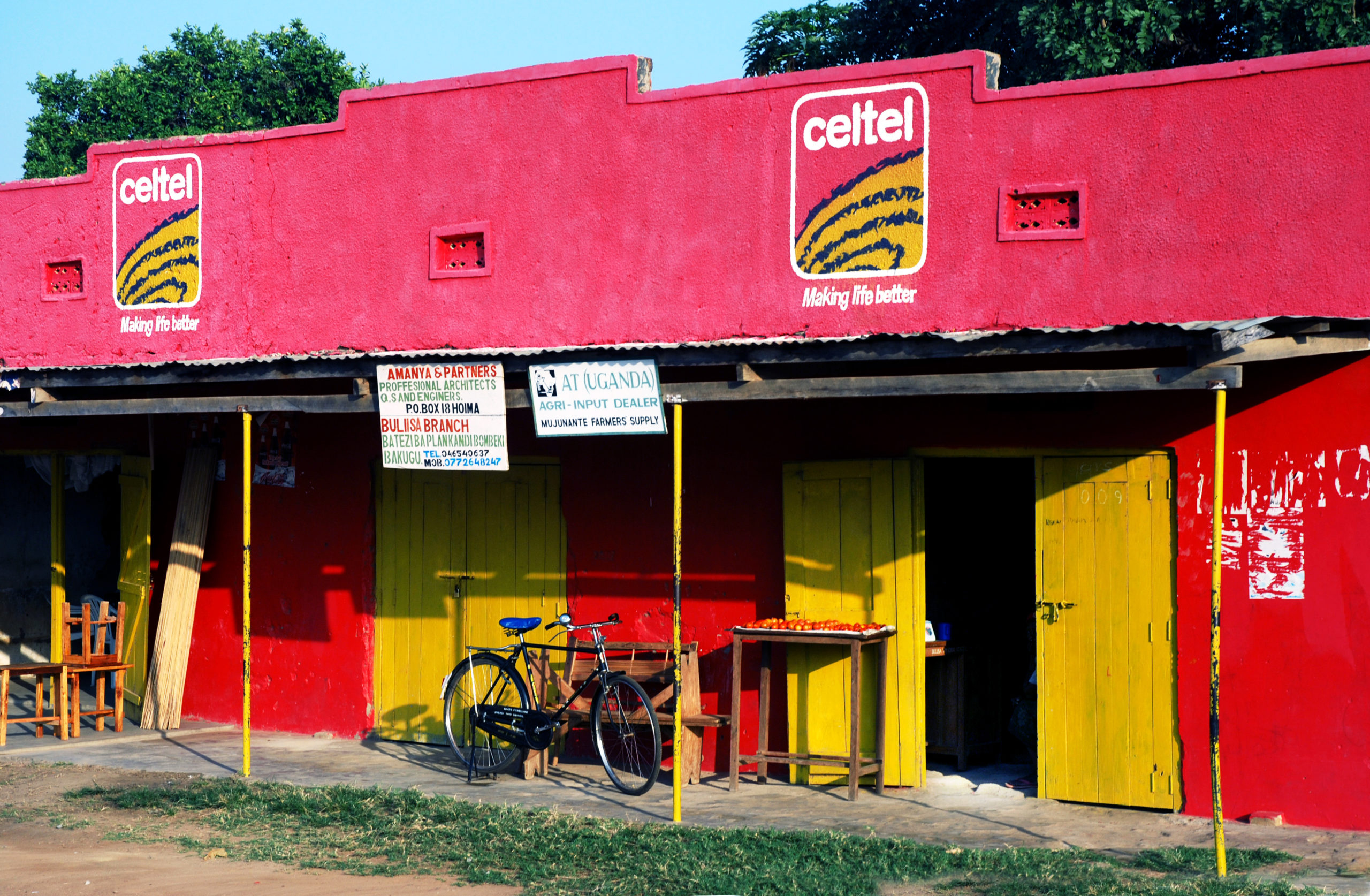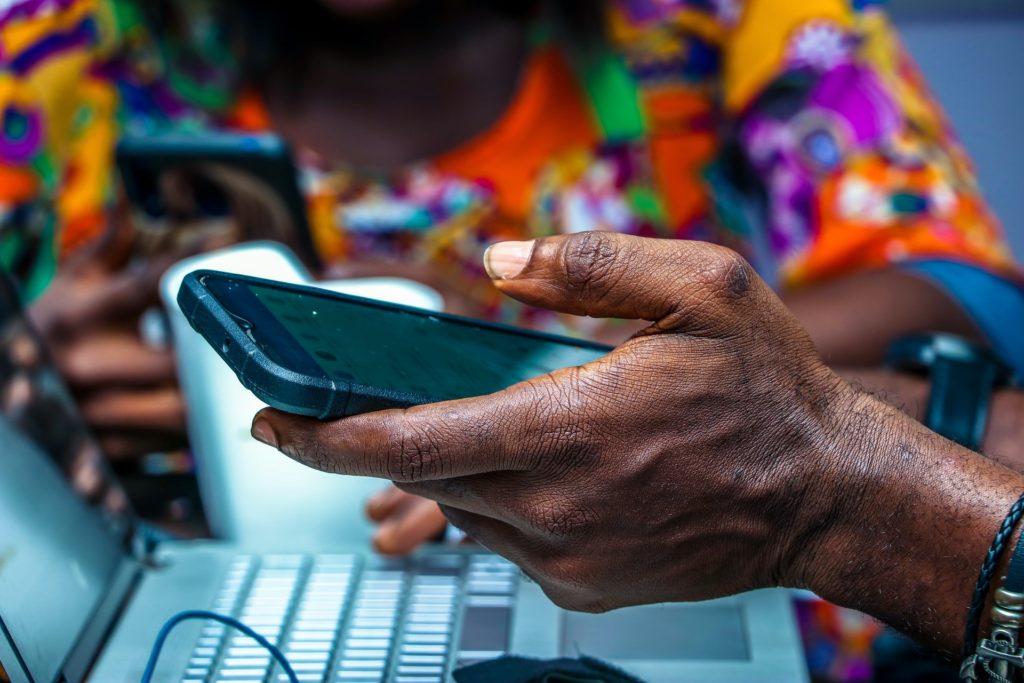Development finance institutions have long funded traditional finance and infrastructure projects in Africa; now they’re increasingly backing Africa’s digital future. What will this mean for the continent?
On the about page of the UK government’s overseas investment arm, the CDC Group declares its goal to be “do good without losing money”. That may well be the universal motto of its counterparts like Proparco, the US International Development Finance Corporation (DFC) or any of the many institutions that recently jointly committed to investing $80 billion in African businesses over the next 5 years.
In theory, these “Impact-first” funds typically focus on how to move the development needle when they invest. This is even more true in Africa, where both development and the capital it needs are sorely lacking. However, what is arguably more important than how much capital is available is how the capital is allocated. Now that development finance institutions (DFIs), which represent the bulk of available capital in Africa, are looking to technology startups to support development goals and find returns, players in that ecosystem, and Africa in general, need to step up the thinking and conversations that should shape the future of Africa’s digital economy.
DFI interests and money are not new
To be clear, DFIs are not new in Africa. They have been here, at least since the Colonial Development Corporation was set up by the UK’s Overseas Resources Development Act in 1948. That Colonial Development Corporation became the Commonwealth Development Corporation Group (CDC Group) and will become British International Investment (BII) later this year. Both the CDC Group and peers like Proparco, FMO, and others have been active in Africa for decades. What is interesting is the role they play in funding technology startups and funds in Africa. They are, after all, impact investors, and asking how much impact potential they see in Africa’s insurgent tech startups is a legitimate question.
At a surface level, the implication of more capital from DFIs going to African VC funds or technology businesses is clear. It means capital for experiments and growth will probably be less of a headache. This can mean a variety of things, depending on how it is executed and engaged with by relevant stakeholders. For example, it can mean growth stage capital is here, that is if DFIs, which are notoriously slow and bureaucratic, can fix their processes. It can mean more opportunities unlocked as DFI money de-risks investment in high risk but critical business models. In short, it can mean everything that better access to capital brings plus development impact.

Africa’s telecoms infrastructure, the backbone of its digital growth today, is an example of DFI money doing good while making returns.
Image source: Wikimedia
But it can also mean DFIs’s public money competing with private investors over the best (or less risky) deals, and there is some ugly history that makes this scenario, wild as it may seem plausible. It can mean that we are deepening our vulnerability to public money that is itself vulnerable to political currents, especially foreign public money. Of course, the reality is that we lack significant options and, on the balance, this is a much better deal than where we are coming from.
So, why are we seeing this interest and influx of capital backing the funds that invest in African startups, and in some cases, directly backing startups? Ido Sum, a partner at TLcom Capital thinks this activity is happening because individual pioneers in development finance institutions “saw the potential and ignited internal processes in their respective institutions to consider VC as an impactful and material asset class.”
That makes sense. DFIs have been active on the continent for decades. Mo Ibrahim’s Celtel, (later acquired by Bharti Airtel) is a good example of how DFI activity supported the development of Africa’s telecommunications infrastructure. That first-mover advantage or least “actively-prospecting” advantage in growth markets can enable them to see and take advantage of opportunities early on. Sum agrees. He says that “[DFIs] were able to see the changes in dynamics and in the creation of a new generation of startup companies through working with early managers on the continent like ourselves [TLcom Capital] and others.”
He adds: “After supporting the establishment of the African PE industry, with the help of some entrepreneurial team like ourselves, several DFIs decided in late 2015 to try and support the establishment of a local VC industry on the continent—that hardly existed before. With EIB and AfDB being the pioneers, and Proparco, BIO, IFC and CDC following shortly after.”
Following this first foray into backing “fund of funds,” TLcom Capital, for instance, became the first institutionally backed commercial VC in Africa, when it closed $40 million for its TIDE Africa Fund in 2017. Since then, DFI money backing VC funds have only gone up, and in some cases, they have invested directly into ventures.
This is a long-winded way of saying more money than ever is coming into African startups because DFIs judge technology businesses to be a good way to deliver their impact mandates and make handsome returns—or at least, not lose too much in a market as immature as Africa.
Do we need DFI money?
Yes, in short, and more specifically, yes because the capital that Africa needs to develop her economies is in short supply. When DFIs invest in emerging markets for example, their investments should ideally skew towards the more difficult or riskier businesses that private investors almost automatically avoid. In other words, DFI money is welcome because it can enable founders to take on tough problems. Tough problems and sometimes obstinate legacy monopolies that thrive on maintaining friction need tough money to break through seed-stage business. That type of growth capital needs to be substantial. “Today, a fund can raise capital up to say $50 million from family offices and high-net-worth individuals. [But] larger funds still require DFIs, almost without exception,” says David van Dijk, investment advisor and co-founder of African Business Angel Network.
There is some indication that local limited partners (LPs) are stepping up. For the first close of TLcom Capital’s $150 million fund, FBQuest, and Sango Capital committed additional funds, doubling down on their earlier commitments to TLcom Capital. However, traditional sources of capital for funds investing in African companies remain locked out. As long as the doors of pension funds, insurance companies, or university endowments remain closed, DFIs will continue to play a strong role in financing what you might call Africa’s future. It’s not what can be. It is what is.
That does not mean DFIs are going it alone. Far from it. A number of DFIs explicitly make it a part of their mandate to “inspire” third-party capital to come alongside them. This co-investment strategy rests on the back of the fact that the public component of DFI money is, in theory, willing to shoulder a greater share of the risk. The Dutch entrepreneurial development bank FMO, for example, leverages a first-loss guarantee to encourage private investors to co-invest alongside. This de-risked investment—the near-technical name for how DFIs/MFBs enable private investor partners to put up money—is lacking or insufficient in Africa.
An obligatory note here on “de-risked capital” from impact funds. Nimrod Zalk, Industrial Development Advisor in the Office of the Director-General of the South African Department of Trade, Industry and Competition, notes that it is unclear if the much-talked-about “blended finance principles” de-risk projects to enable development, or if they simply de-risk investor returns through complex financial engineering, regardless of impact outcomes.
There is a cost for over dependence on DFIs
Everything has a price, even capital, and sometimes we will only truly know how much after the fact. That said, the biggest obvious risk of overly depending on DFI funding to build Africa’s nascent technology businesses is ownership. Not just equity ownership, but ownership of the direction, the data and the results that technology can create for Africa.
“It is unclear if the much-talked-about “blended finance” de-risk projects to enable development, or if they simply de-risk investor returns through complex financial engineering, regardless of impact outcomes.”
– Dr. Nimrod Zalk, Advisor, South African Department of Trade and Industry (DTI)
It’s easy to celebrate the latest fundraise from startup X. Almost everyone agrees that building an impactful and profitable business is difficult, but there is surprisingly little conversation around what building a truly Africa-led ecosystem that is both sustainable and economically viable means.
Also because DFIs especially foreign DFIs or multilateral financial institutions (MFBs) are run from offices geographically distant from where their target investments are located, the question of competent allocation remains. There is also the small matter of how little data is available and how much less is shared. The result? Everyone operates in self-contained silos from London, Paris, or Amsterdam, or even (looking at you AfDB) Abidjan. “How are you able to invest in these companies if you’re not on the ground?” asks David van Dijk, himself a seasoned investor.
Where leadership is lacking, impact is a fairytale.
Being African-led does not refer to a nominal leadership. Instead it means a system that is driven by targeted investments and solutions in the most pressing problem areas in Africa. In a perfect world, DFI and MFB activity in Africa’s fairly young venture space should be led (not nominally) by African development finance institutions. In the real world of today, however, these organisations do not even have sufficient capital to lead the original impact mandates for which they were created.

“A lot of African countries have a challenging fiscal environment. The governments cannot finance their development banks. This is where the big multilateral development banks can help,” says Zalk. He adds that national development banks in Africa are themselves plagued by a myriad of issues that affect their performance. “There are issues around governance. They have made bad loans and bad investments in the past that might have been driven by corruption or lack of technical know-how.” All of this combines to lock out the type of capital scale that is needed to say nothing of directing these funds towards something as alien as venture capital. To unlock and direct capital better, Zalk suggests that national development institutions in Africa should be consolidated. That should help these institutions gain more financial clout and firepower to direct African technology to the areas of greatest need.
For example, Zalk who is also a non-executive director on the board of the South African Industrial Development Corporation is unconvinced about the hype around service-based technology. “A lot of attention has been focused on things like payment based systems like M-pesa and shopping on ecommerce stores. I believe what is being missed out is [the opportunity] to industrialise,” he argues, “Historically, manufacturing is one of those places where countries have been able to adapt technology for development.” He believes that the convention of discouraging local production over imports is faulty, “Over the last few decades, there has been discouragement from conventional policy advice about building local production systems, and a view that you can always import the things you need. But the COVID crisis points to the need to change the structure of African economies. It is no longer sufficient to export primary and semi-processed commodities, we must find ways to add much more local value, and construct more sophisticated production structures.”
Rather than directing “impact money” to the latest shiny software technology, Zalk believes that investing in agricultural research and 21-century relevant education for example, are more important. That “industrialisation over software” argument is one that is very nuanced and nationally disparate. Africa is, after all, not one country or even a functioning union of countries. What one country needs may not necessarily be what the other will need. The point again is that by passively accepting that “DFIs bring the money”, we unconsciously give up the more subtle type of ownership in how what is being built is built.
No one disputes today that Africa needs and welcomes DFI money. We simply do not have, or have not unlocked, enough capital from here, and there are a myriad of issues why. But, we are beginning to see local players step up, especially in MENA and South Africa.
Knowledge yield is a missing ‘key’
‘Knowledge yield’ is my fancy term for how much knowledge return on investment (KROI) an investment brings. It is basically asking alongside any investment update, ‘What is my money teaching me?’
Where money comes from is not as relevant as what it teaches. Within some contexts, capital conveys information. So, beyond simply looking at impact metrics and returns, it is important to ask what businesses that have received investments teach in the short to medium term about the African consumer and market landscape. This is a big conversation, not just something for the stage, but something that should intimately concern every person invested in the future of Africa.
Knowledge yield is not obvious on balance sheets as traditional returns on investment typically are. It is the result of deliberately seeking non-intuitive market data to judge assumptions and verify claims because capital in itself, is a zombie. Instead of simply fighting to have a piece of the DFI pie, companies, governments and even private investors can redirect their energy towards learning from the data yield of past and current investment, building better data systems so that they can more artfully distribute capital.
Yes, Africa still clearly needs the so-called patient capital from DFIs. We also need to learn how lead that capital, to transform the continent.











